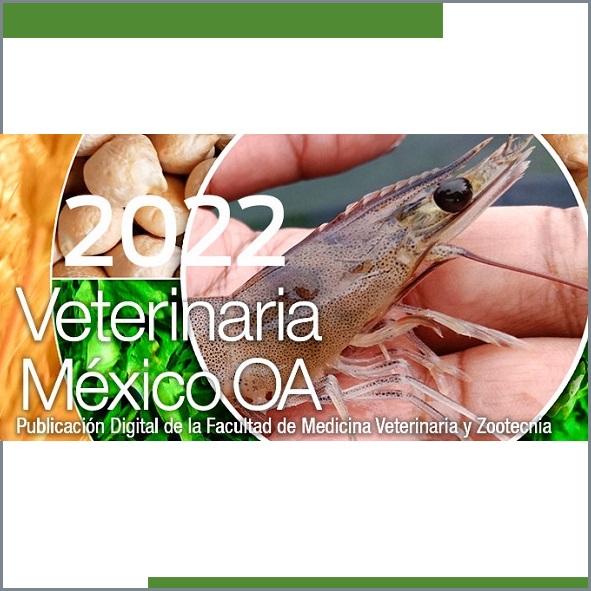Effects of different inorganic selenium levels in laying quails (Coturnix coturnix Japonica) diets on performance, egg quality, and serum biochemical parameters
Main Article Content
Abstract
Inorganic selenium supplementation in poultry diet has been controversial. It has been linked that the excess and deficiency of this mineral can lead to health problems in these animals. However, this fact is not so evident in quails. In this research 120 female quails (220.6 ± 8.2 g) at 10 weeks of age were allocated to five treatment groups with six replicates of four quails in each. Experimental diets were formed by adding 0, 0.25, 0.50, 0.75 or
1.00 mg/kg of inorganic selenium (sodium-selenite) to the diet containing 0.12 mg/kg of selenium. We observed that performance parameters, mortality, egg external, and internal quality of quails were not affected by the supplementation of inorganic selenium to the diet Serum glucose (P = 0.0020) and creatinine (P = 0.0333) levels were affected by inorganic selenium supplementation, but no differences were found for other parameters among those treatments. The addition of 0.50 mg/kg of inorganic selenium to the diet increased serum glucose levels of laying quails compared with the control group. While serum creatinine level was maximized with the addition of 0.25 mg/kg inorganic selenium to the diet, and it was minimized with the addition of 0.50 mg/kg inorganic selenium. Supplementation with inorganic selenium (0 to 1.00 mg/kg) in laying quail diets did not have any adverse effect on performance, mortality, and egg quality during the study. No abnormalities were found in the serum parameters that would lead to the suspicion of metabolic disease in the quails.
Article Details
License

Veterinaria México OA by Facultad de Medicina Veterinaria y Zootecnia - Universidad Nacional Autónoma de México is licensed under a Creative Commons Attribution 4.0 International Licence.
Based on a work at http://www.revistas.unam.mx
- All articles in Veterinaria México OA re published under the Creative Commons Attribution 4.0 Unported (CC-BY 4.0). With this license, authors retain copyright but allow any user to share, copy, distribute, transmit, adapt and make commercial use of the work, without needing to provide additional permission as long as appropriate attribution is made to the original author or source.
- By using this license, all Veterinaria México OAarticles meet or exceed all funder and institutional requirements for being considered Open Access.
- Authors cannot use copyrighted material within their article unless that material has also been made available under a similarly liberal license.



